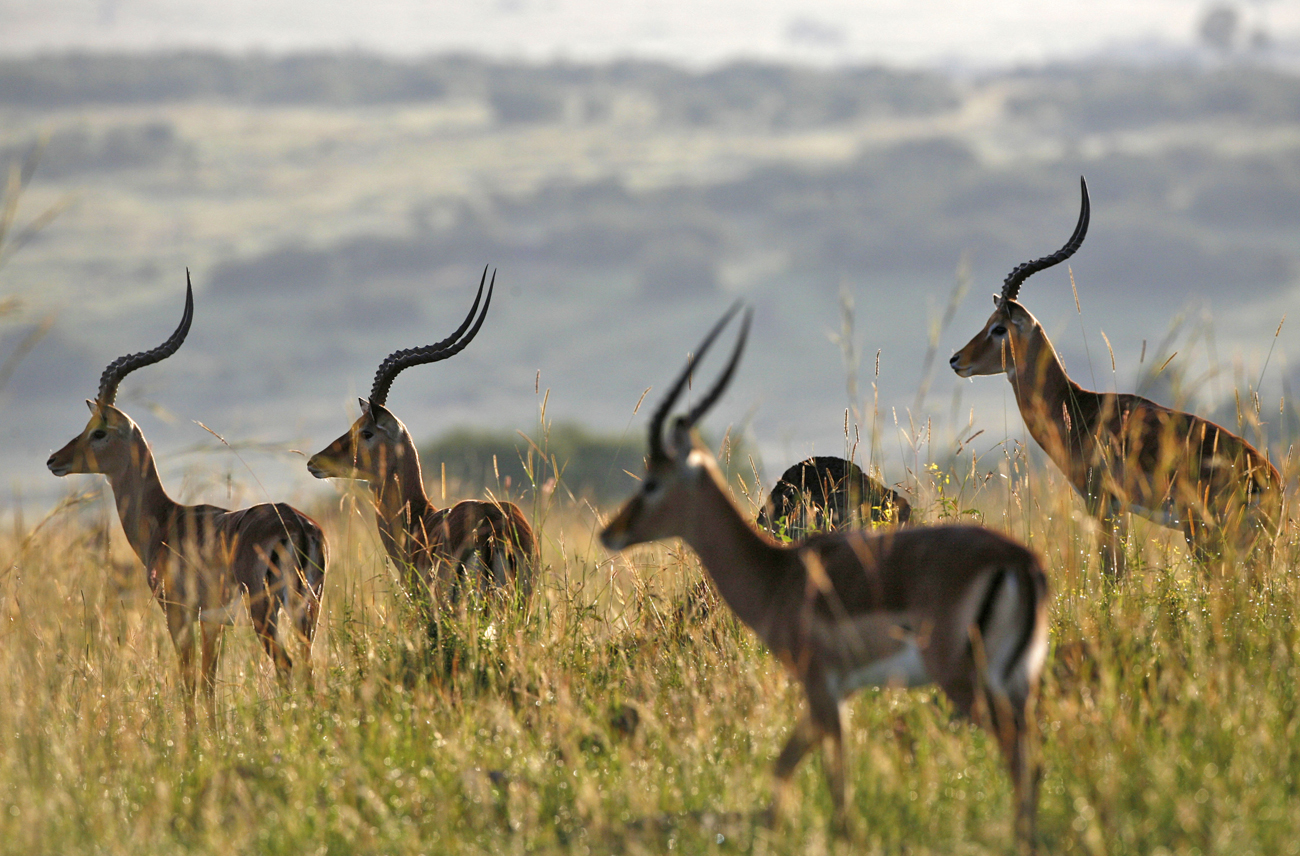
Kenya mulls recovery of tourism sector as COVID-19 restrictions eased

A ray of hope shone over Kenya’s tourism and hospitality sector after President Uhuru Kenyatta lifted a partial lockdown that had restricted movement in and out of the capital Nairobi and the coastal city of Mombasa.
The lifting of the COVID-19 restrictions brightens prospects for the resumption of domestic tourism — the lifeline that the local tourism sector is relying on as the pandemic continues to grip the world.
The east African nation’s tourism sector has slumped to its lowest level in decades following the outbreak of the disease in March, as restrictions put in place locally and internationally curtailed travel.
The sector has lost some 81.8 billion shillings (about 770 million U.S. dollars) since March, according to Tourism minister Najib Balala, which is about 50 percent of its average annual revenue.
The pandemic has literally grounded the industry to a halt, with over 2.3 million employees sent home, a majority on unpaid leave while the lucky ones on half-pay.
All the top hotels, lodges and tourism destinations in the east African nation have been shut in the past months as they grappled with a lack of visitors.
However, it is not only the private businesses in the sector and workers that are feeling the pinch, but the government has also lost some 250 million in catering levies, according to the tourism ministry.
As players in the sector reel from the effects of the COVID-19 pandemic, consensus is that domestic tourism holds the key to the industry’s immediate resuscitation.
While unlocking the country on Monday, Kenyatta was alive to this fact, giving the sector the much-needed lifeline.
He noted that domestic air travel would resume on July 15 while international to and from Kenya will start on August 1.
“Travel within Kenya is allowed by road, rail, waterways and plane,” added President Kenyatta as he urged Kenyans to observe containment measures.
With the lifting of travel restrictions, among transport service providers expected to resume operations is the standard gauge railway, domestic airlines and dozens of bus companies that ferry people between Nairobi and Mombasa, the latter being tourism bedrock.
“I am happy with the lifting of the restrictions,” government auditor Victoria Selima said, capturing the sentiments of Kenyans.
“At least I can travel to Mombasa and unwind at the beaches after all those months of being locked up in Nairobi,” she added.
Like many other domestic tourists in the east African nation, Selima mainly uses the standard gauge railway train to travel to and from Mombasa as it cuts travel time on the route from eight to four hours and passengers pay 10 dollars as opposed to 1.4 dollars by bus or ten times more by flight.
The train service had, however, been grounded in the last three months due to restricted movement in and out of Nairobi and Mombasa.
In 2018, the train ferried 1.8 million passengers comprising domestic and international tourists between Nairobi and Mombasa, and last year, the numbers rose to over two million due to increased booking.
Besides touring the coast, the number of Kenyans visiting national parks and game reserves is expected to rise after the lifting of the travel restriction and due to several incentives initiated by the government.
Kenya on July 2 reduced entry fees to parks and game reserves by 50 percent for both domestic and international tourists as one of the ways to mitigate the effects of COVID-19 on tourism and wildlife sectors.
“We have also given a 50 percent discount on filming fees for both international and local producers filming in Kenya Wildlife Service parks. This is to encourage all filmmakers to profile Kenya as a magical destination,” said Balala.
Other rafts of measures put in place to support the recovery of the sector include temporary lifting of the ban to hold meetings in private hotels by government agencies and waiver of landing and parking fees at airports to facilitate movement of cargo and people in and out of Kenya.
The government is expected to engage in an aggressive post-COVID-19 tourism marketing, which includes a 30 million dollars loan facility set aside to support renovation of tourist sites and restructuring of business operations by players in the industry.
Some 2.5 million foreign tourists visited Kenya in 2019 as local tourism activities amounted to 4.9 million bed nights.






